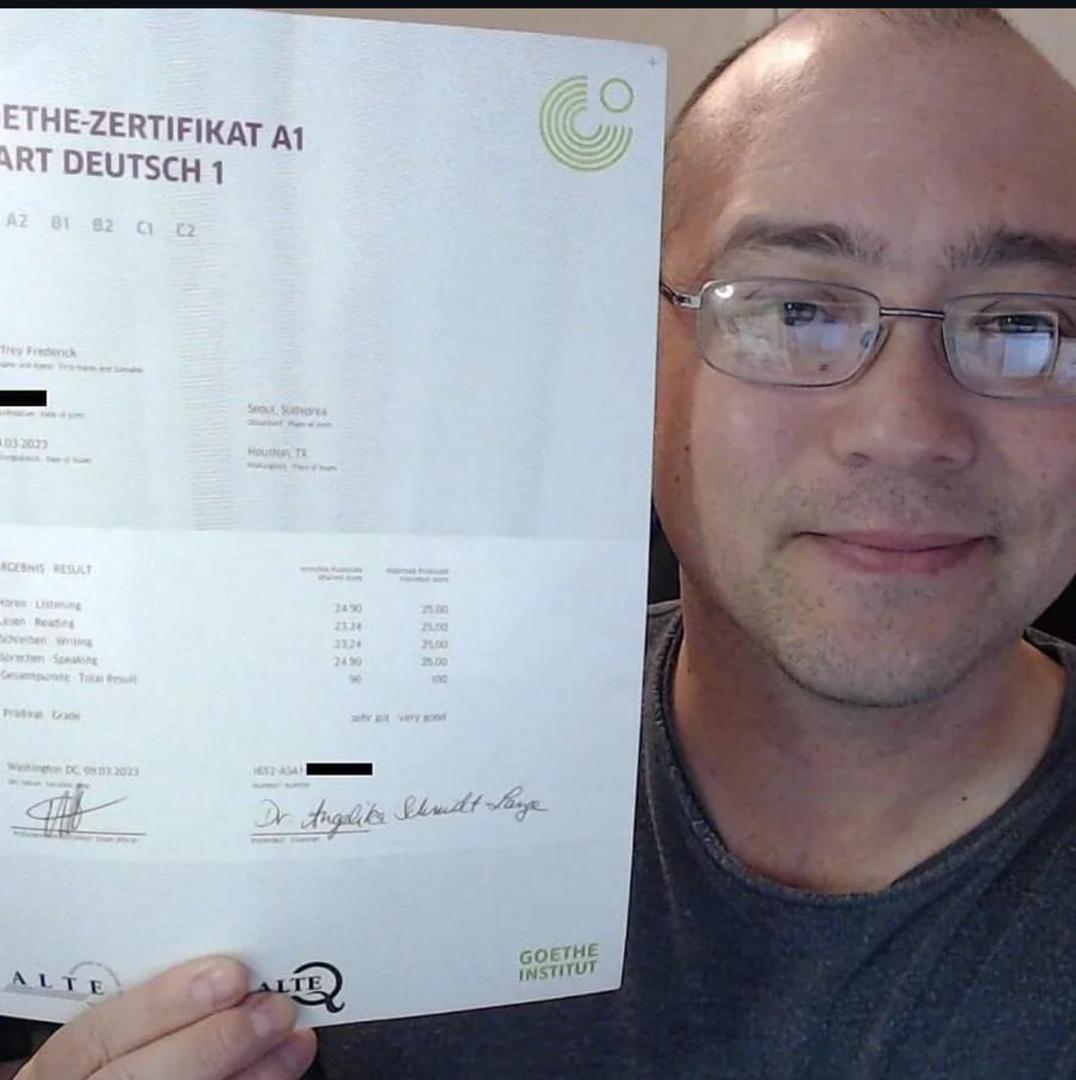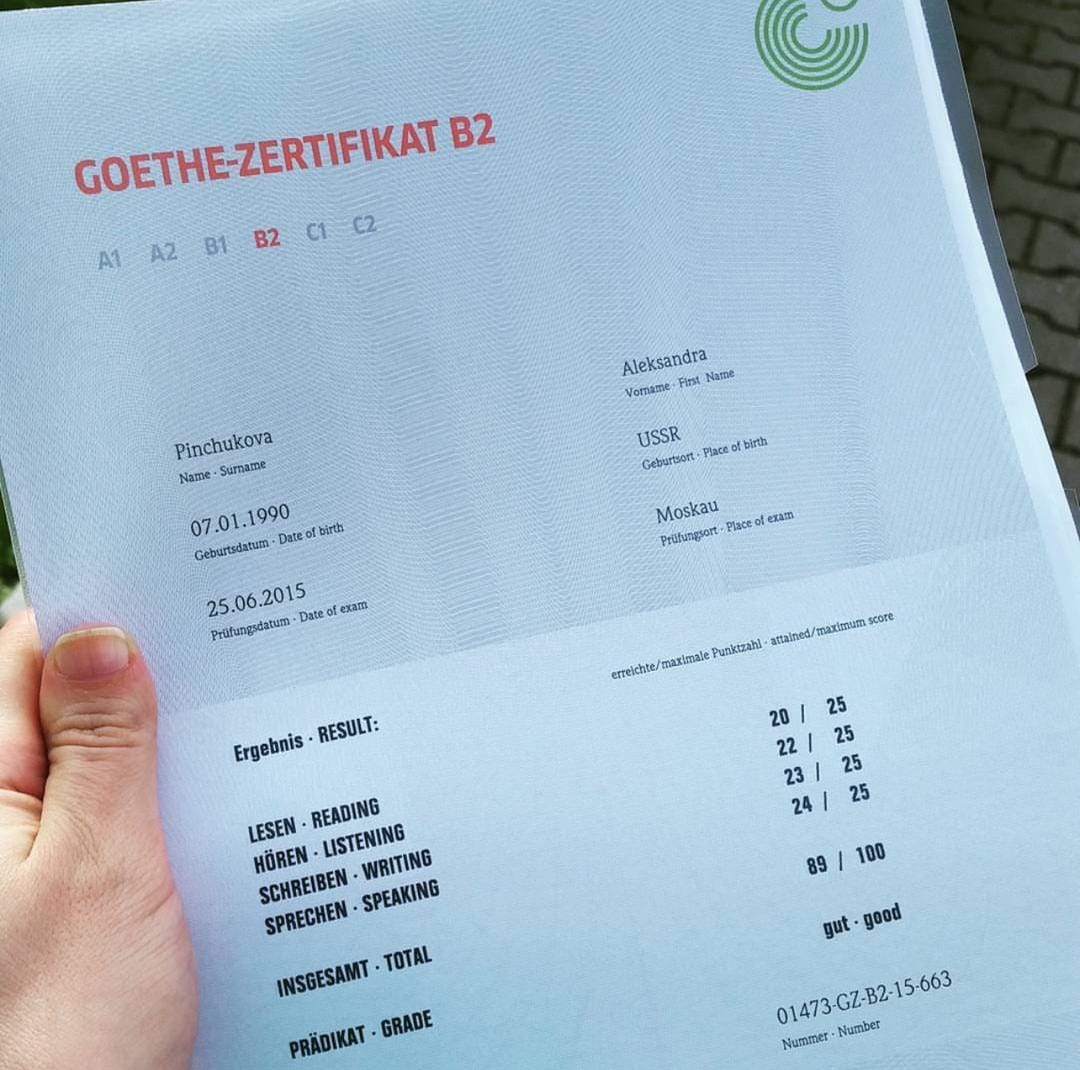How Ösd C1 Certificate Propelled To The Top Trend On Social Media
페이지 정보

본문
The OSD German: Unlocking the Secrets of Submarine Warfare

The OSD German, deutschprüfung also referred to as the Obersteckerdienst, was a top-secret marine intelligence system of the German Navy throughout World War II. Established in the early 1940s, the OSD German played an important function in the development and execution of submarine warfare tactics, significantly affecting the result of the war at sea.

History and Background
The OSD German was formed in action to the growing threat of Allied submarine forces in the Atlantic. The German Navy, also understood as the Kriegsmarine, recognized the requirement for an elite system to collect intelligence, establish techniques, and conduct operations versus opponent submarines. The OSD German was developed to fill this space, with its main headquarters located in Berlin.
The system was consisted of experienced marine officers, a lot of whom were seasoned submariners. These specialists worked closely with other German marine systems, including the U-boat Command, to collect intelligence on Allied submarine movements and methods. This information was then used to develop reliable countermeasures, which were executed by the German Navy.
Secret Roles and Responsibilities
The OSD German had numerous crucial roles and obligations, including:
- Intelligence event: The system gathered and examined data on Allied submarine movements, strategies, and innovation.
- Tactical development: Based on this intelligence, the OSD German established efficient countermeasures to counter Allied submarine risks.
- Functional planning: The system worked carefully with other German marine units to strategy and execute operations against enemy submarines.
- Training and education: The OSD German offered training and education to German submariners on the latest strategies and innovations.
Impact on the War at Sea
The OSD German played a significant function in the advancement and application of submarine warfare strategies throughout World War II. Some essential contributions include:
- Improved U-boat methods: The OSD German developed new techniques, such as the "wolfpack" strategy, which significantly improved the efficiency of German U-boats.
- Advancement of countermeasures: The system established countermeasures, such as finder decoys and anti-submarine rockets, integriertes Deutschmodell to counter Allied submarine hazards.
- Sinking of Allied submarines: The OSD German was associated with a number of significant successes, consisting of the sinking of several Allied submarines.
Noteworthy Personalities
A number of noteworthy personalities played a crucial function in the development and success of the OSD German, including:
- Admiral Karl Dönitz: Dönitz, ösd A1 a senior German marine officer, played a crucial role in the development of the OSD German.
- Captain Otto Kretschmer: Kretschmer, a decorated German submariner, was among the most successful U-boat commanders of the war.
- Lieutenant Commander Günter Hessler: Hessler, a skilled German submariner, worked as a personnel officer in the OSD German.
Legacy and Impact
The OSD German's legacy and impact are still disputed among historians and naval professionals today. Some bottom lines to consider include:
- Significant contribution to the war at sea: The OSD German played a significant role in the development and application of submarine warfare tactics during World War II.
- Impact on modern submarine warfare: The unit's strategies and innovations established during the war continue to affect modern submarine warfare.
- Deceptive and little-known: Despite its substantial contributions, ösd prüfung grundstufe [morphomics.science] the OSD German stays a relatively deceptive and little-known system.
Frequently Asked Questions (FAQs)
Q: What was the main function of the OSD German?A: The primary purpose of the OSD German was to gather intelligence, establish tactics, and carry out operations against opponent submarines.
Q: Who was the most successful U-boat leader of the war?A: Captain Otto Kretschmer was one of the most effective U-boat commanders of the war.
Q: What was the "wolfpack" technique?A: The "wolfpack" strategy was a tactic established by the OSD German, sprachdiplom in which several U-boats coordinated attacks on a single target.
Q: What was the effect of the OSD German on contemporary submarine warfare?A: The OSD German's techniques and technologies developed during the war continue to affect modern-day submarine warfare.
Key Statistics and Figures
- Establishment date: Early 1940s
- Main headquarters: Berlin
- Key functions and responsibilities: Intelligence gathering, tactical development, operational preparation, training and education
- Notable characters: Admiral Karl Dönitz, Captain Otto Kretschmer, Lieutenant Commander Günter Hessler
- Influence on the war at sea: Significant contribution to the war at sea, effect on modern-day submarine warfare
Timeline of Events
- Early 1940s: The OSD German is established.
- 1942: The unit starts to develop brand-new methods, consisting of the "wolfpack" technique.
- 1943: The OSD German is associated with numerous significant successes, consisting of the sinking of several Allied submarines.
- 1945: The war ends, and the OSD German is disbanded.
Conclusion
The OSD German was a top-secret marine intelligence system of the German Navy during World War II. The unit played a considerable role in the development and application of submarine warfare tactics, considerably affecting the outcome of the war at sea. In spite of its considerable contributions, the OSD German remains a relatively deceptive and little-known unit, with its tradition and effect still discussed amongst historians and naval experts today.
- 이전글Guide To Best Watford Auto Locksmiths: The Intermediate Guide In Best Watford Auto Locksmiths 25.04.01
- 다음글The 10 Most Scariest Things About Auto Locksmiths Near Watford 25.04.01
댓글목록
등록된 댓글이 없습니다.
